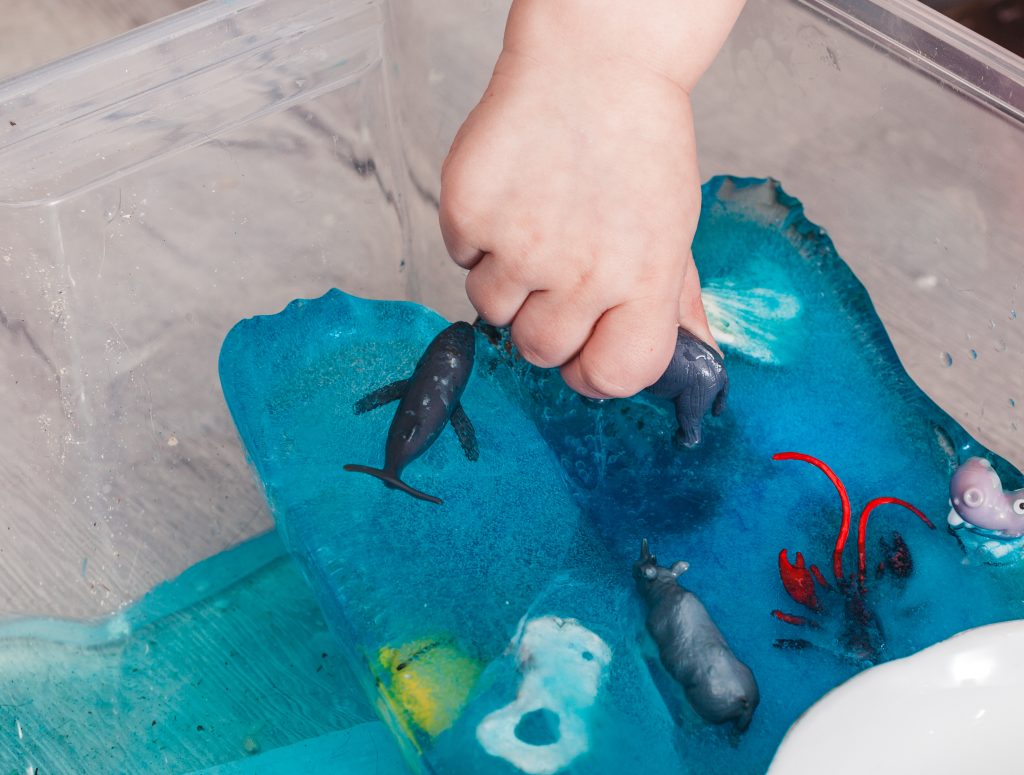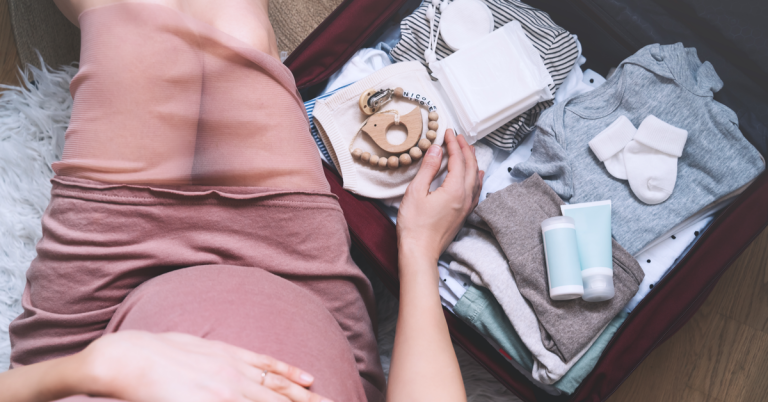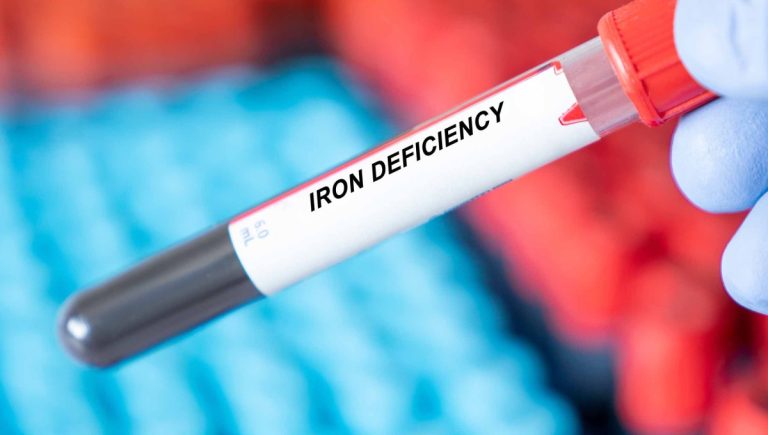The first year of your baby’s life is critical for her mental and physical development as she develops social skills and awareness. You can look for activities to do with her during this time to spend time with her, help her better comprehend her world and herself, and help her spend quality time during the day. However, your baby is still too young to play games. As a result, the subject of what you can do as a 1-year-old baby activity, which is one of the most perplexing difficulties for parents, frequently arises.
So, let’s look at some activities you can do at home with your 1-year-old baby that can help you have fun while also being useful to her development.
Development in 1-Year-Old Babies
Before you learn the best activity options for your baby, it’s a good idea to know what he can accomplish during this time and come up with a few different ideas. You can be much more effective in your activity selections if you understand the skills and physical competencies of a 1-year-old baby and the techniques by which you can contribute to their development.
What can a baby accomplish during this period?
- Can establish a cause-effect relationship.
- Can perform one-word commands such as ‘Fetch!’, ‘Come!’, ‘Get!’
- Can take steps and try to walk with the help of toys
- Can actively use the sense of hearing and touch.
- Can make monosyllabic sounds, may try to say words that are repeated frequently.
- Can put an object in a container.
- Can scribble.
- Can use her hands and fingers.
- Can imitate sounds and movements.
You can also produce new plays for her at home to support these skills.
Simple Activities at Home with a 1-Year-Old Baby
Innovations pique the interest of babies. You’ll be able to both divert and assist her in discovering something new every day by playing various games.
Let’s take a look at what are the activity recommendations for one-year-old.
1. Pillow-Cushion Tent
One of the easiest activities you can easily perform in your living room is setting up a tent.
Try making a tent using pillows and cushions from the house. Use the wide and soft ones as a roof on the bottom and thinner cushions on top. If you take care that your little one is large enough to get in and out of the tent comfortably, you will set up a tent that will not tip over easily and allow it to linger for at least half an hour. Try to walk through this tent with your baby, hide or sit. This new area will interest and entertain her quite a lot.
It is an activity that develops muscles and joints, especially for toddlers or crawling babies.
2. Colourful Bottles
Every colourful and audible object attracts the attention of babies. That is why one of the practical activities that can be applied at home for babies one year or younger is coloured bottles.
Collect plastic bottles of various sizes. Remove and clean the labels on the bottles. Fill each with different coloured products. For example, fill the bottles halfway with materials such as chickpeas, rice, lentils, and beans, which you can easily find in every kitchen. If you want, add water to them and close the lids tightly. Put a blanket on the floor and place the plastic bottles in front of your baby. Take each bottle in turn and shake them to inspect.
Your baby will also follow the different sounds he makes as he examines each image. It will be possible to develop motor skills by holding and shaking, and the baby’s hearing sense with the sounds it makes.
3. Animal Voice Imitation
In this period in which the imitative aspects of babies are at the forefront, you can use your baby’s imitation skills in everyday activities.
Animal photos or miniature animal figures found in infant picture books might be used. Show your infant an animal and then try to imitate its voice. Encourage your baby to follow your lead and replicate the same sound. Even repeat the name of the animal you’re showing, so he becomes familiar with the names.
With this activity, which will activate hearing and speech skills, your little one will learn new words and improve her speaking ability by using her imitation ability.
4. Nested Containers
One of the successful activities that can be tried at home to teach the concept of big and small is the nested containers game.
Select a variety of plates that can be nested in the kitchen. These plates should be as small and weighty as feasible for your baby to hold. (If you don’t have any suitable plates, nested plastic toys can be used instead.) Place the plates in front of your baby and demonstrate how to assemble them. Allow her to help you figure out which plate goes where.
5. Fishing
The activities that babies have the most fun with are always those related to water. They like the sound and feel of the water.
Take a large bucket, basin or basket. Fill it with water. Let the water be at a level that your baby can easily reach from where he sits. Leave objects or light ping-pong balls that will not sink into the water. Give your baby a toy shovel or a bowl. With this shovel, let her collect the objects in the water one by one and transfer them to an empty basket.
With this activity, which will develop hand, arm and grip skills, your baby will also make progress in providing hand-eye coordination.
6. Color Table
The materials you need for this activity; are a large selection of art paper, tube paints of different colours such as gouache or acrylic paint, and cling film.
Take the picture paper and pray paints of various colours on the paper in different places and gently cover the top of the paper with cling film, trying not to scatter the paints. Wrap the cling film well to the back of the paper and ensure that no paint comes out of the edge. Put this prepared paper in front of your baby and tell or show her to distribute these paints using her hands and fingers.
With this activity, your little one will learn how to use hand muscles and the feeling of accomplishing something. But just in case, don’t forget to put a protective suit over your baby and lay a cover on her seat. If you prefer, when your paper is dry, you can frame it as your baby’s first work.
7. Toy Rescue
Saying to a baby, “Oh! Where was this?” should be the most important sentence and trying to find an object is among the most enjoyable games for babies.
Show your baby an object and a toy. Also, say the name of this object. Then hide it somewhere in your immediate vicinity and ask where the object is. Ask her to find it and bring it. You can easily apply this activity, which effectively establishes cause-effect relationships from time to time during the day.

Every different activity you do with your little one will undoubtedly positively impact their development. You can contribute to their development by doing a 1-year-old baby activity based on a different sense or skill every day.
Would you like to share your experiences and questions as a comment?
Wishing you well!







